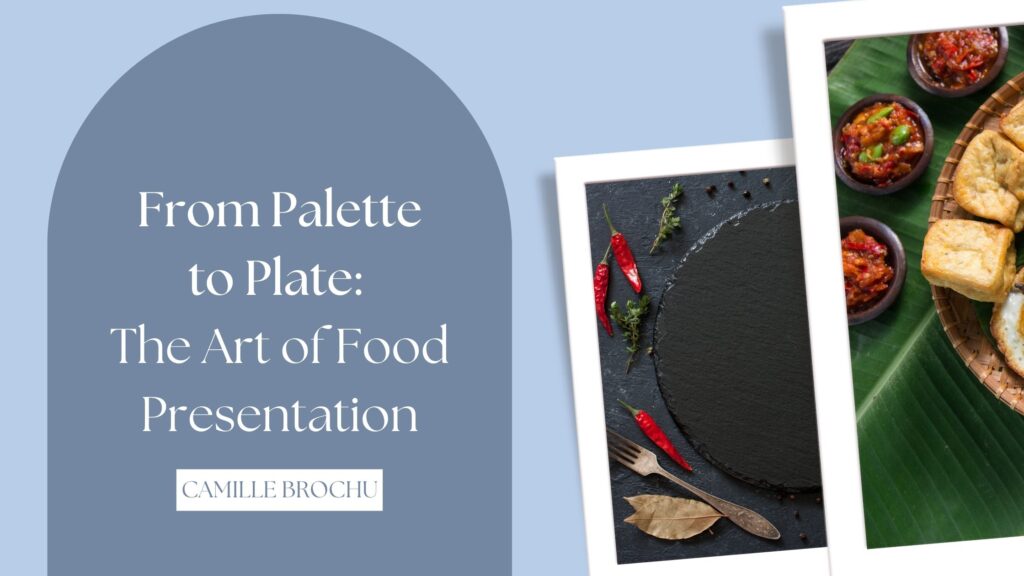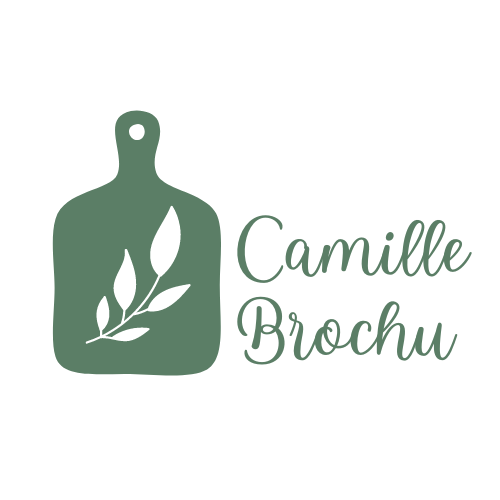
In the culinary world, food presentation is more than just arranging dishes on a plate—it is an art form that engages the senses, ignites appetites, and transforms a meal into a visual masterpiece. The art of food presentation involves a delicate balance of aesthetics, creativity, and thoughtful arrangement that enhances the dining experience. From fine dining establishments to home kitchens, the production of a dish plays a crucial role in creating a lasting impression.
Here’s a closer look at the art of food presentation, from the palette to the plate:
Aesthetic Considerations:
Color Harmony:
Color is one of the most impactful elements in food presentation. Chefs carefully consider the color palette of ingredients to create visually appealing dishes.
Balance and Proportion:
Achieving balance and proportion is critical to a well-presented dish. The arrangement of components should be visually pleasing, with each element complementing the others in size, shape, and placement.
Texture and Layering:
The incorporation of various textures enhances the visual appeal of a dish. Chefs strategically layer ingredients from crispy elements to creamy textures to create a dynamic visual and tactile experience.
Contrast and Variety:
Contrast in flavors, textures, and shapes adds intrigue to a dish. By incorporating various elements—crunchy and smooth, sweet and savory, round and angular—chefs create a sensory experience that captures the diner’s attention and interest.
Creative Techniques:
Artful Plating:
Artful plating involves meticulous arrangement of components to create visually stunning presentations. Chefs may use techniques like quenelling (forming food into quenelle shapes), stacking, or layering to showcase their culinary artistry.
Microgreens and Garnishes:
Microgreens and garnishes are small yet impactful details that add elegance and freshness to a dish. These miniature greens, herbs, or edible flowers contribute bursts of color and flavor, serving both aesthetic and gastronomic purposes.
Sauce Artistry:
Sauces are not only flavor enhancers but also tools for artistic expression. Chefs use sauces to create intricate designs, swirls, or drizzles on plates.
Contemporary Trends:
Deconstructed Dishes:
Deconstructed dishes present components in a separate, often geometric, arrangement. This trend allows diners to experience each element individually while appreciating the visual composition of the dish as a whole.
Negative Space:
Embracing negative space—areas of the plate without food—has become a modern approach to food presentation. It allows the diner to focus on the featured elements and enhances the overall visual impact.
Innovative Plating Tools:
Chefs increasingly use innovative plating tools and techniques to create unique presentations. This may include using squeeze bottles, precision tweezers, or molecular gastronomy techniques to build intricate and avant-garde arrangements.
Culinary Traditions:
Cultural influences play a significant role in food presentation. Culinary traditions worldwide contribute to diverse plating styles, color palettes, and arrangements.
The art of food presentation transcends the mere act of serving a meal—it is a dynamic and evolving expression of culinary creativity. Chefs, culinary artists, and home cooks use aesthetics, innovative techniques, and cultural influences to transform ingredients into visually captivating works of art.
